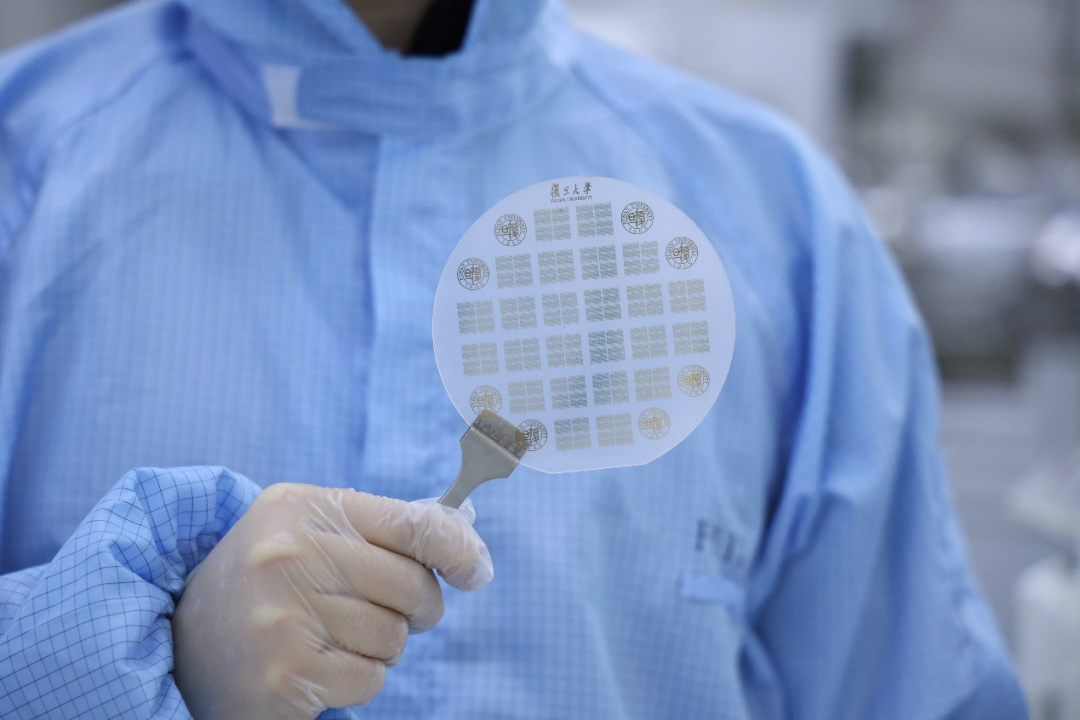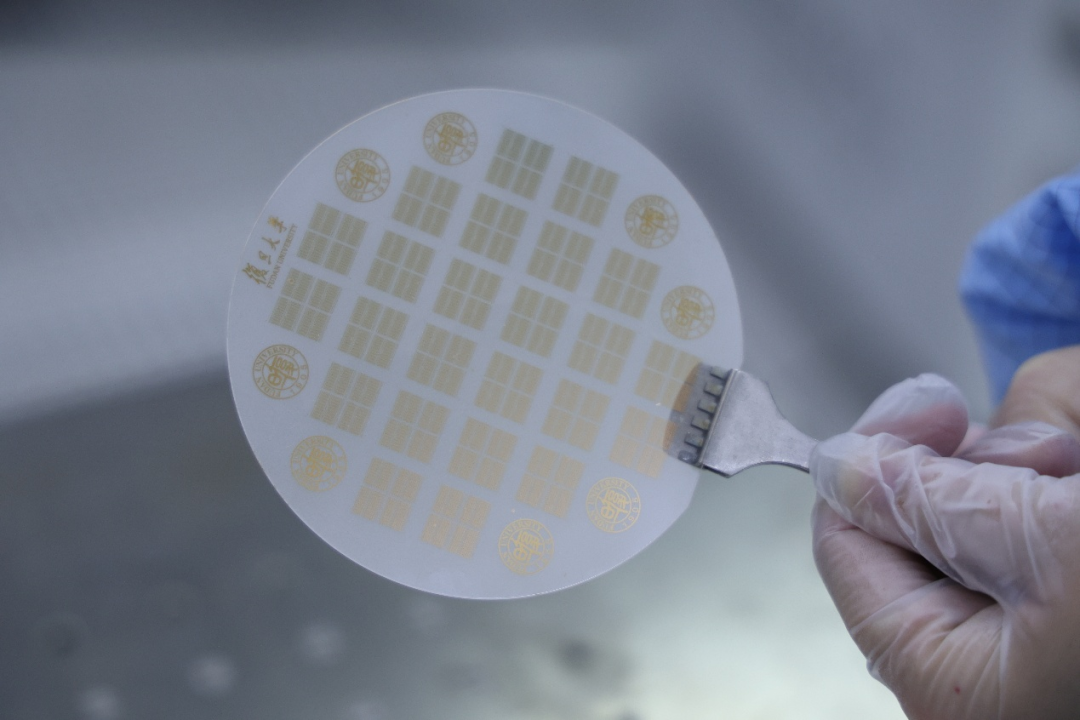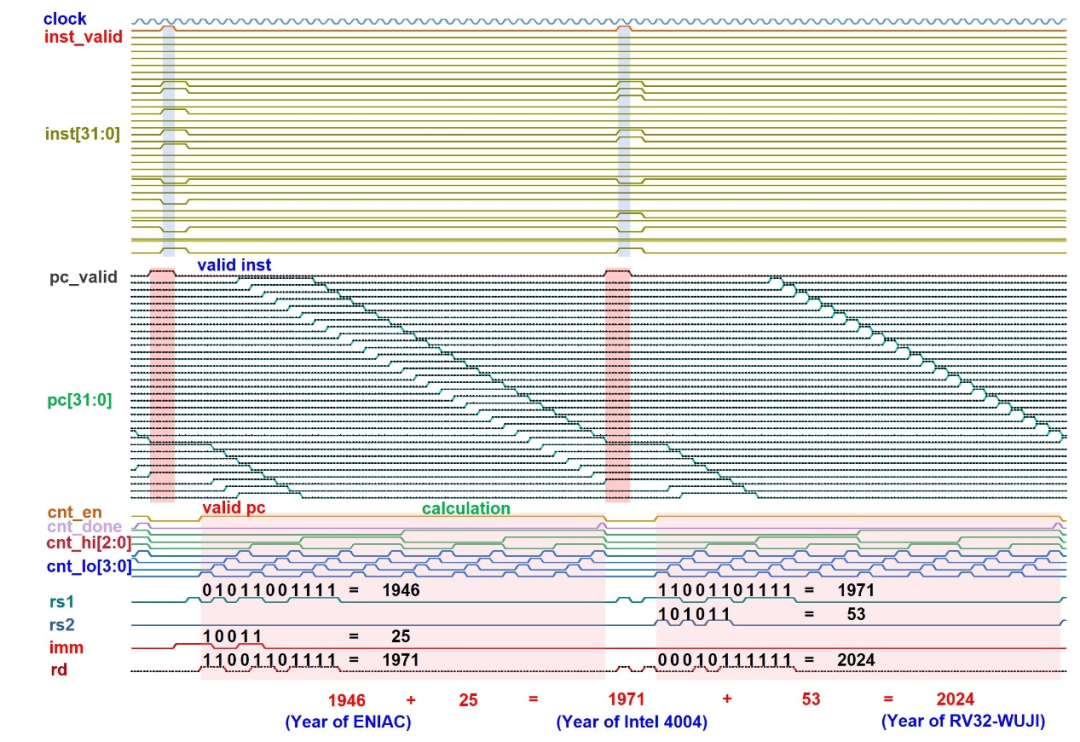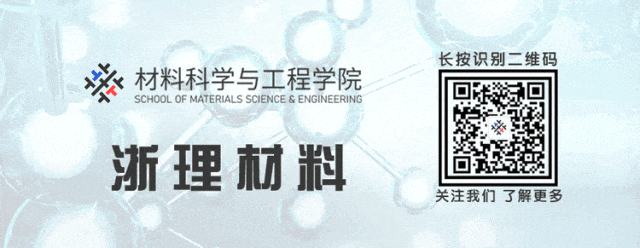

Exploring the Depths of Science
This is the “Exploring the Depths of Science” column from the Graduate Student Association of Materials Science, where we will guide you to appreciate the charm of science and approach the forefront of materials. Today, we will introduce a semiconductor material. This microprocessor based on two-dimensional semiconductors is not only an iterative upgrade of semiconductor materials but will also lead to an upgrade in electronic computing power. Let us decode the technological roadmap behind this small chip!
A breakthrough in cutting-edge technology! Recently, a research team from Fudan University published a significant paper in the journal Nature, successfully developing the world’s first RISC-V 32-bit microprocessor based on two-dimensional semiconductors—RV32-WUJI. This achievement marks a new dimension in semiconductor technology, paving the way for the development of high-performance and low-power electronic devices!

This achievement breaks through the engineering of two-dimensional semiconductor electronics, realizing an integration of 5900 transistors for the first time, representing domestically developed technology with independent intellectual property rights, giving our country a first-mover advantage in the development of next-generation chip materials, and providing strong support for advancing electronic and computing technology into a new era.
The related results were published on the evening of April 2, Beijing time, under the title A RISC-V 32-Bit Microprocessor Based on Two-dimensional Semiconductors in the journal Nature.

Facing the global challenge of Moore’s Law approaching physical limits, two-dimensional semiconductors with a thickness of a single atomic layer are currently recognized as the key to breaking through. Scientists have been exploring how to apply two-dimensional semiconductor materials in integrated circuits.
The core challenge lies in assembling these atomically precise components into a complete integrated circuit system, which is still constrained by the collaborative yield control of process precision and scale uniformity. After five years of research, the team advanced the chip from array-level or single-tube level to system-level integration, successfully developing the 32-bit RISC-V architecture microprocessor “WUJI” based on two-dimensional semiconductor materials (MoS2).

This chip integrates 5900 transistors through an innovative integrated process and an open-source reduced instruction set computing architecture (RISC-V), achieving the largest scale verification record for two-dimensional logic chips internationally.
“An inverter is a very basic and important logic circuit, and its yield directly reflects the quality of the entire chip,” said Professor Zhou Peng from the School of Microelectronics. Unlike silicon wafers, which can be grown into high-quality large-size single crystals through the Czochralski method, two-dimensional materials need to be grown using chemical vapor deposition (CVD), which leads to defects and non-uniformity in the materials themselves. The inverter yield in this study reached 99.77%, exhibiting excellent performance such as high gain and ultra-low leakage in the off state, marking an engineering breakthrough.

▲
Establishing a computational link between ENIAC, Intel 4004, and the year of WUJI’s birth
The team utilized low-energy processes such as flexible plasma treatment technology to process the surface of two-dimensional semiconductors, thereby avoiding damage to the materials caused by high-energy particles, fully leveraging the advantages of two-dimensional semiconductors and ensuring chip quality.
Through a dual-engine approach of “precise control of atomic-level interfaces + full-process AI algorithm optimization,” the team achieved precise control from material growth to integrated processes, quickly screening the optimal combinations of process parameters, significantly improving experimental efficiency.
The resulting product exhibits excellent performance such as high gain and ultra-low leakage in the off state. Through rigorous automated testing equipment, the team verified that at a 1 kHz clock frequency, the thousand-gate chip can serially execute 37 types of 32-bit RISC-V instructions, meeting the requirements of the 32-bit RISC-V integer instruction set (RV32I). The optimization level of the integrated process and the verification results of scaled circuits have reached the best international level at the same time.

As an open-source reduced instruction set computing architecture, RISC-V has gradually become the mainstream choice in the current chip development field. The chip developed this time is based on the RISC-V architecture as its design foundation.
In the two-dimensional semiconductor integrated process developed by the team, about 70% of the processes can directly utilize existing mature technologies from silicon-based production lines, while the core two-dimensional specialty processes have constructed a proprietary technology system that includes over 20 process invention patents, paving the way for industrialization.
Next, the team will further increase the chip integration level, seeking and establishing a stable process platform to lay the foundation for the future development of specific application products. Zhou Peng mentioned that in real-time signal processing, two-dimensional semiconductor chips are expected to be applicable in cutting-edge computing scenarios such as the Internet of Things, edge computing, and AI inference.

Let us look forward to the exciting applications of two-dimensional semiconductor technology in more fields, ushering in a new era of intelligent technology!

The main content is reproduced from the official WeChat account of Fudan University.
Editor: Wang Dahuan, Science and Technology Innovation Department, Graduate Student Association of Materials
Chief Editor: Zhao Man, Science and Technology Innovation Department, Graduate Student Association of Materials
Initial Review: Wang Shenghu, Presidium of the Graduate Student Association
Final Review: Kong Zetao, Faculty Advisor of the Graduate Student Association
